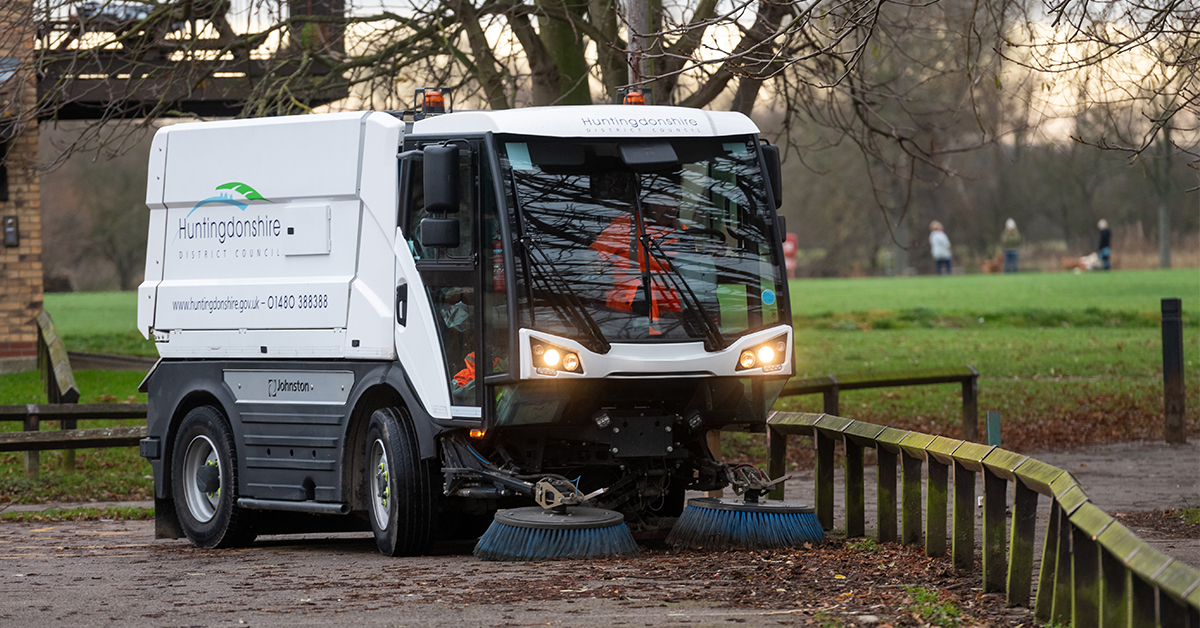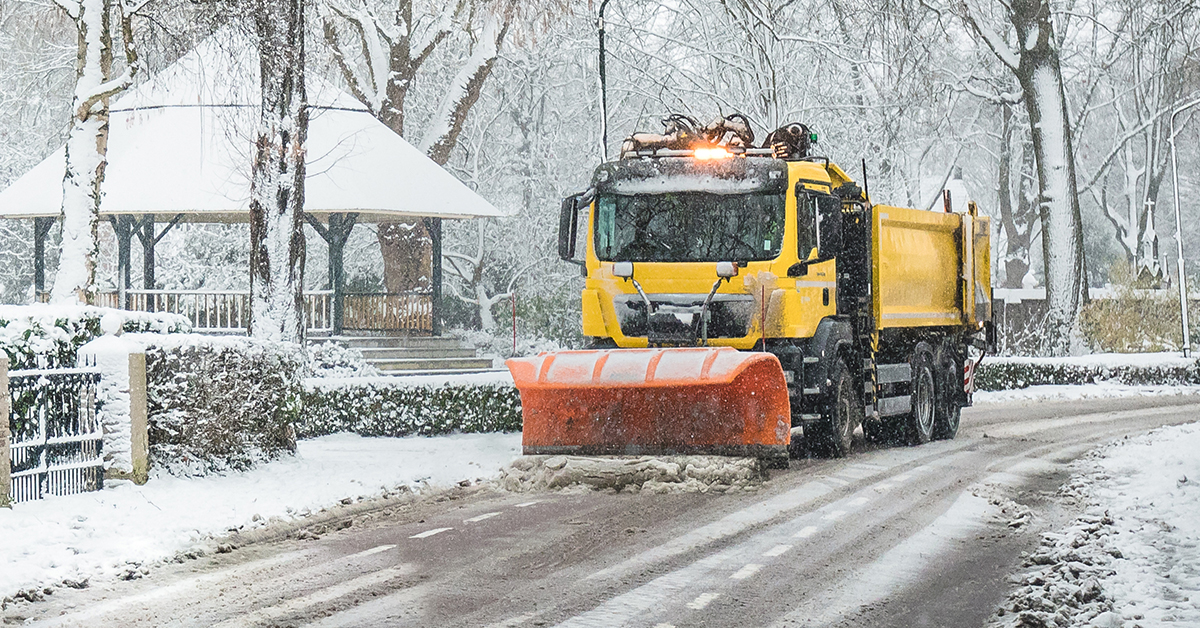A 3-step plan to optimise route schedules for sweepers
You’ve been responsible for the route planning of sweepers for years. You make sure that drivers go out in time and try to monitor their movements. Sure, they know the routes like the back of their hand, but you need to make sure that they covered all the right areas. That’s why it’s useful to re-examine your planning. Where do your drivers sweep, how often do they sweep and why did you choose this particular frequency? In this blog, we give you three convenient tips for optimising sweeping routes.
1. Map current efficiency
Round up a few drivers (at least one driver per area) and put your heads together! Then, create a visual map of the current route planning and talk it through. Are the predetermined frequencies accurate? To what extent are plans made at the office put into actions on the streets? Instead of pointing fingers, try to talk about things that go wrong. Try to figure out why there’s little to no sweeping in certain areas, even though the agreed frequency is higher. Is this due to a lack of time, a lack of personnel or simply because it’s deemed unnecessary? Once you’ve identified the reason behind the problem, it’s easier to determine what exactly goes wrong. It also gives you a better picture of the current staffing situation. It may be necessary to create additional rounds in a certain area, while you can reduce the sweeping frequency in another. This kind of decision-making can only be done with the help of the driver, so make sure you speak to them on a regular basis.

2. Turn current shortcomings into solutions
Now that you know where adjustments are needed, you can start putting them into practice. Don’t be afraid to adjust sweeping frequencies! You’ve consulted your drivers, and they know how to do their jobs. Besides, it’s very simple for you to schedule another evaluation a few months later. Of course, you do want to keep meeting the image standard. By planning inspection moments a few times a year, you respond to changes in neighbourhoods and streets. This way, you turn current shortcomings into solutions. This way of working also ensures that your drivers become more involved, which probably results in them doing their work better. So basically, it’s a win-win!
3. Take other factors into account
The first two steps may take some effort, but they’re both worth it, provided you take into account some other factors as well. One of the main factors in route planning is the places where drivers can replenish their water supplies. A sweeping truck needs to be filled up around every two hours, meaning you need to make sure you plan routes based on the location of replenishing stations. If a sweeping truck runs out of water before its driver has reached a replenish station, he loses a lot of precious time and energy. Other factors that are important for the route planning for sweepers:
- The personnel planning. Make sure employees are mutually exchangeable so that you can stick with the planning in the event of illness or leave.
- Coordination with leaf blowers and the like. Involve all parties working on grounds maintenance. Make sure that residual waste is out of the way before your sweepers come by to clean up the technical dirt.
- The sweeping method. Consider switching to image-based sweeping instead of frequency-based sweeping. This drastically increases the efficiency of your sweeping efforts.
Sweep better!
In the steps above, you’ve read how you can make your sweeper route planning more efficient. Interested in learning more? We wrote an e-book about sweeping 2.0, and you can download it for free below.
Or perhaps you have an entirely different way of working! We’re curious to hear how you handle your sweeping planning. Leave a comment and tell us about your experiences.
You May Also Like
These Related Stories

Weed control: let the sweeping truck help you

Summer strikes- how to control the planning of grounds maintenance?






No Comments Yet
Let us know what you think